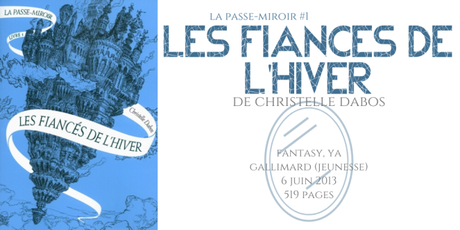

We hypothesize that a musical intervention improves NIV tolerance in comparison to conventional care. In invasively ventilated critical care patients, encouraging results of music therapy on physiological parameters, anxiety, and agitation have been reported. Music therapy in various health care settings has shown beneficial effects. Hence, numerous sedative pharmacological or non-pharmacological strategies have been assessed to improve NIV tolerance. This overview was generated by a machine learning system which analysed the scientist’sīody of work.Non-invasive ventilation (NIV) tolerance is a key factor of NIV success. His Immunodeficiency research is multidisciplinary, incorporating elements of Founder effect and Dermatophyte. The concepts of his DOCK8 Deficiency study are interwoven with issues in Hematopoietic stem cell transplantation, Hypereosinophilia and FOXP3.

His Gene, DNMT3B, DNA methylation, Immunogenetics and Major histocompatibility study are his primary interests in Genetics.Īs a member of one scientific family, he mostly works in the field of DNMT3B, focusing on DNA hypomethylation and, on occasion, Molecular biology. His Immunology research incorporates elements of Severe combined immunodeficiency, RAG2 and Hyper IgM syndrome. Gérard Lefranc mainly investigates Immunology, Genetics, DOCK8 Deficiency, Immunodeficiency and Immunophenotyping. In his most recent research, the most cited papers focused on: DOCK8 functions as an adaptor that links TLR-MyD88 signaling to B cell activation (174 citations).Deep Dermatophytosis and Inherited CARD9 Deficiency (216 citations).IMGT®, the international ImMunoGeneTics information system® 25 years on (278 citations).His work focuses on many connections between Genotype and other disciplines, such as Gastroenterology, that overlap with his field of interest in Internal medicine, Body mass index, Case-control study and Genetic marker. His study looks at the intersection of Gene and topics like Antibody with Human genome and T-cell receptor. In Haplotype, Gérard Lefranc works on issues like Locus, which are connected to Rheumatoid arthritis, Linkage disequilibrium and Haploview. Genetics is represented through his Haplotype, DNMT3B, DNA methylation, Consanguinity and Major histocompatibility research. His study looks at the relationship between Immunology and topics such as Severe combined immunodeficiency, which overlap with RAG2, Hyper IgM syndrome, Treatment outcome and Lymphocyte proliferation. Immunology, Genetics, Gene, DOCK8 Deficiency and Genotype are his primary areas of study. In recent papers he was focusing on the following fields of study: What were the highlights of his more recent work (between 2010-2020)? His study focuses on the intersection of Allele and fields such as Internal medicine with connections in the field of Dermatology. His Molecular biology study integrates concerns from other disciplines, such as DNA, Molecular probe, Immunoglobulin heavy chain, Pseudogene and Immunoglobulin E. His Gene research incorporates themes from Antibody, Computational biology and Identification. His research investigates the link between Haplotype and topics such as Genetic variation that cross with problems in Evolutionary biology and Genetic diversity. His study in Restriction fragment length polymorphism, Haplotype, Locus, Allele frequency and Gene mapping are all subfields of Genetics. Gérard Lefranc mostly deals with Genetics, Gene, Molecular biology, Allele and Immunology. What are the main themes of his work throughout his whole career to date? Haplotype Diversity and Linkage Disequilibrium at Human G6PD: Recent Origin of Alleles That Confer Malarial Resistance (511 citations).IMGT®, the international ImMunoGeneTics information system® (919 citations).IMGT unique numbering for immunoglobulin and T cell receptor variable domains and Ig superfamily V-like domains.His Immunology research includes themes of Hematopoietic stem cell transplantation and Mendelian inheritance. His studies deal with areas such as Evolutionary biology, Genetic variation and Phylogenetic tree as well as Haplotype.

The Immunoglobulin superfamily study combines topics in areas such as Proteome, Sequence analysis, Complementarity determining region, T-cell receptor and Computational biology. He interconnects Major histocompatibility complex, Major histocompatibility, Genome database and Immunoglobulin superfamily in the investigation of issues within Immunogenetics. His studies in Allele, Locus, Genome, Antibody and Linkage disequilibrium are all subfields of Genetics research. His scientific interests lie mostly in Genetics, Immunogenetics, Gene, Haplotype and Immunology. What is he best known for? The fields of study he is best known for:


 0 kommentar(er)
0 kommentar(er)
